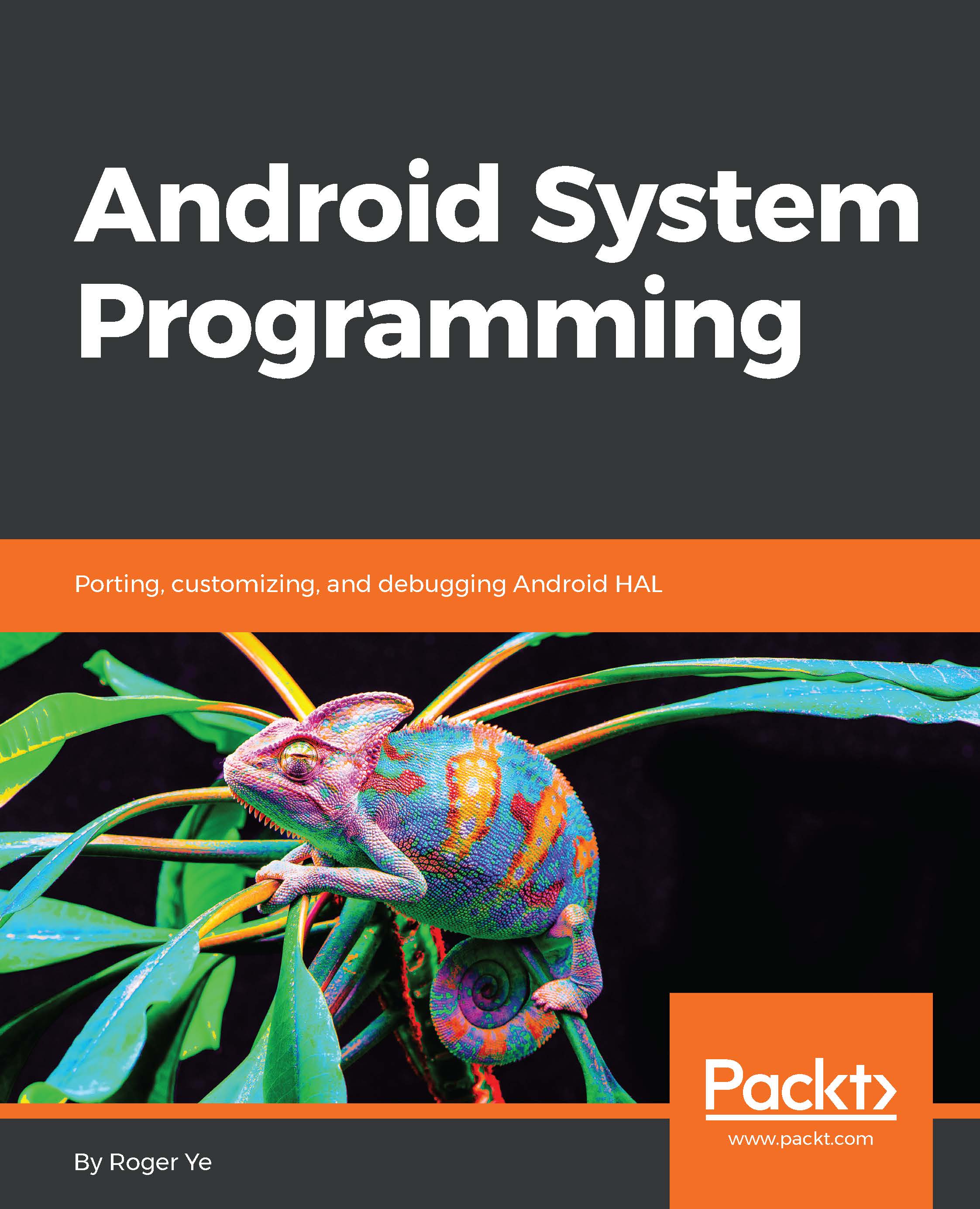We have learned how to customize and enhance an existing device to support new features using x86emu. The x86emu device is a device created on top of the following Android emulators: goldfish and ranchu. From this chapter to Chapter 11, Enabling VirtualBox-Specific Hardware Interfaces, we will move to an advanced topic: porting Android systems. What can we do with a hardware platform that is not supported by AOSP?
In this chapter, we will move to a new device, x86vbox. We will create this new x86vbox device to run it on VirtualBox. Since VirtualBox is virtual hardware that is not supported by AOSP directly, we have to create the HAL layer by ourselves. Creating the HAL layer by ourselves doesn't mean we have to create everything from scratch. As I mentioned earlier, porting and customization are the art of integration. We can integrate device drivers for the devices that...


